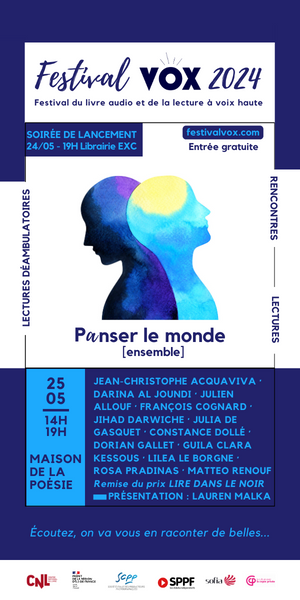Only
Extraits
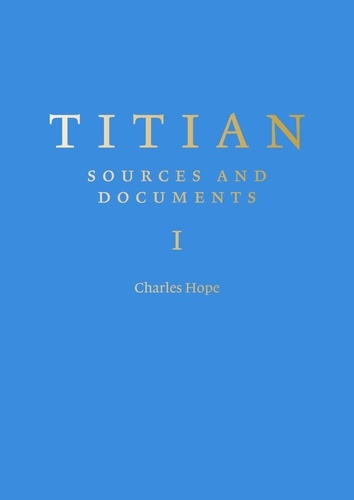
Monographies
Titian : Sources and Documents
04/2023

Critique littéraire
Ancient Greek by Its Translators
02/2022

Non classé
Cyclical Learning Processes in Second Language Production
12/1984
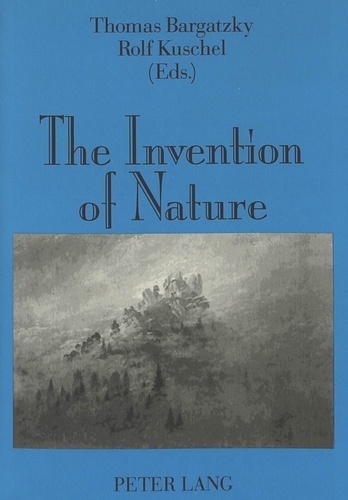
Non classé
The Invention of Nature
01/1994

Littérature française
Sunflower at the eclipse
10/2017
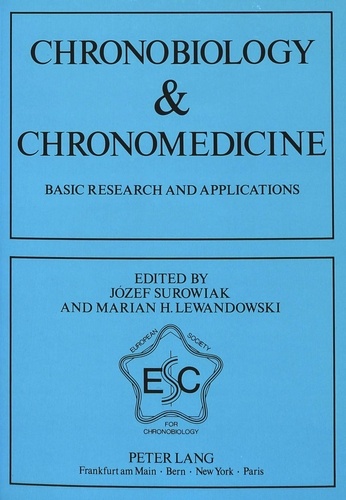
Non classé
Chronobiology & Chronomedicine
04/1991
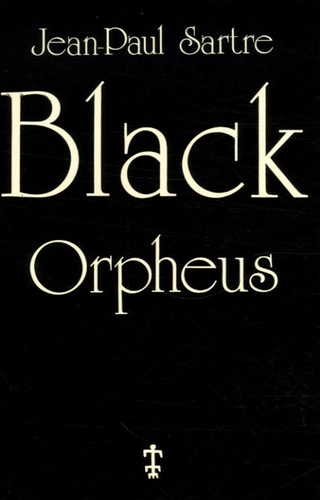
Littérature française
Black Orpheus. Edition en langue anglaise
02/1963
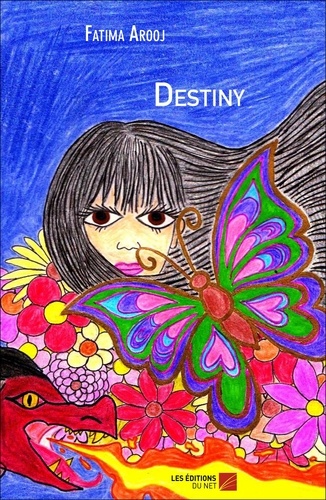
Littérature française
Destiny
04/2014
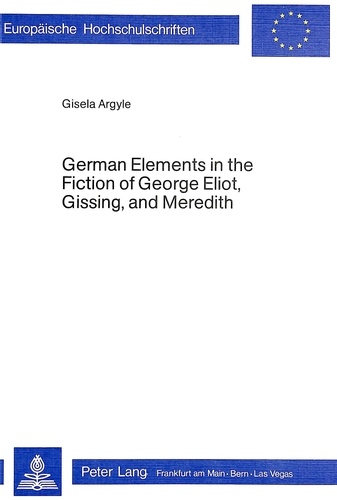
Non classé
German Elements in the Fiction of George Eliot, Gissing, and Meredith
12/1980
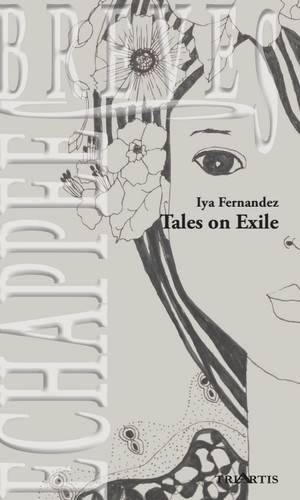
Littérature française
Tales on exile
06/2018

Non classé
An Anthology of Czech Literature
08/1991

Sciences politiques
European Union Foreign Policy and the Global Climate Regime
03/1993
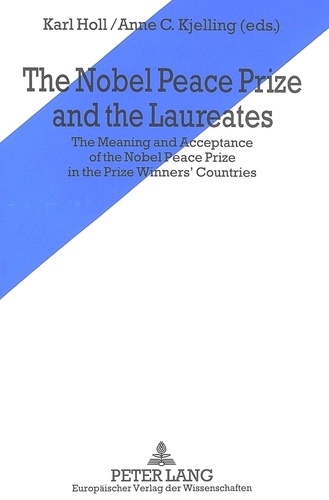
Non classé
The Nobel Peace Prize and the Laureates
05/1994
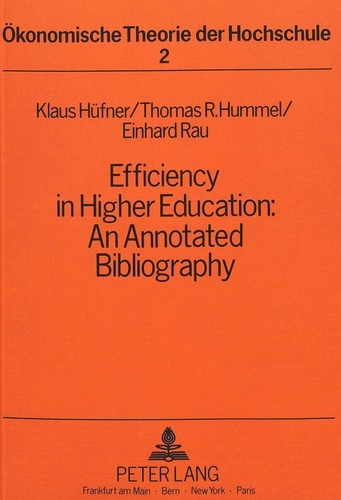
Pédagogie
Efficiency in Higher Education: An Annotated Bibliography
12/1987

Non classé
English-German Contrastive Linguistics: A Bibliography
10/1987
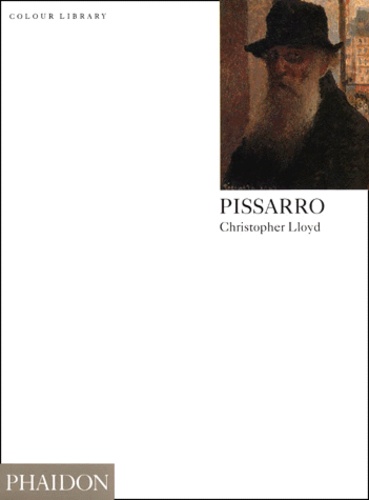
Beaux arts
Pissaro. Edition en langue anglaise
01/1992
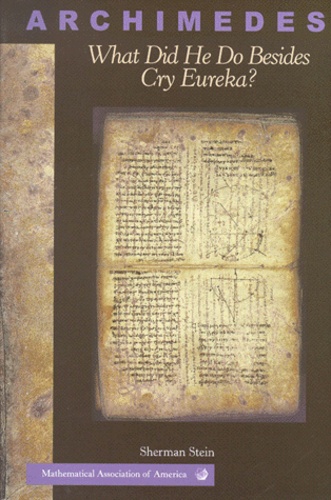
Histoire et Philosophiesophie
ARCHIMEDES. What Did He Do Besides Cry Eureka?
01/1999

Décoration
Bird Fantasy Designs. 45 Original Plates
01/1986

Non classé
The Cost-Benefit of Measles Immunization
12/1979

Non classé
Exceptions and Rules:- Brecht, Planchon and The Good Person of Szechwan
12/1987
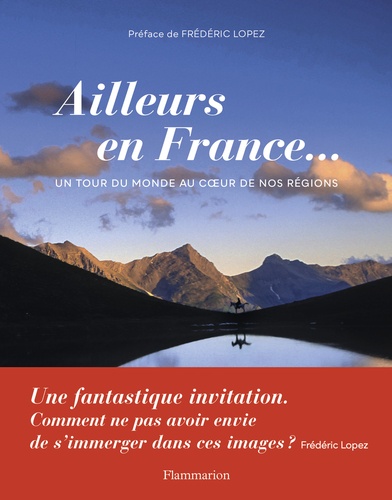
France
Ailleurs en France... Un tour du monde au coeur de nos régions
04/2021
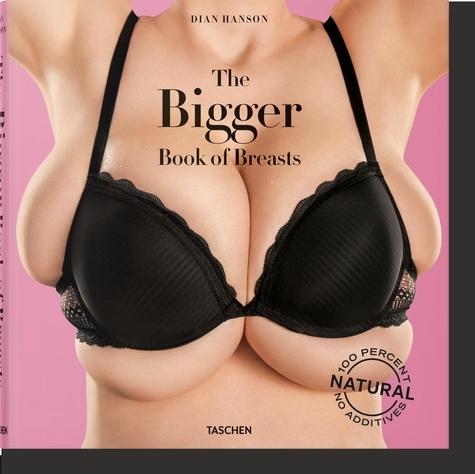
Thèmes photo
The Big Book of Breasts. Volume 2, Edition français-anglais-allemand
10/2023

Non classé
Read Ancient African scripts from any current African language. Volume 2
05/2020
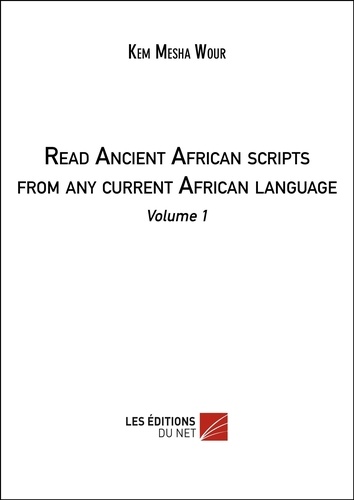
Non classé
Read Ancient African scripts from any current African language. Volume 1
05/2020

Sociologie
Polish Psychological Verbs at the Lexicon-Syntax Interface in Cross-linguistic Perspective
04/2005
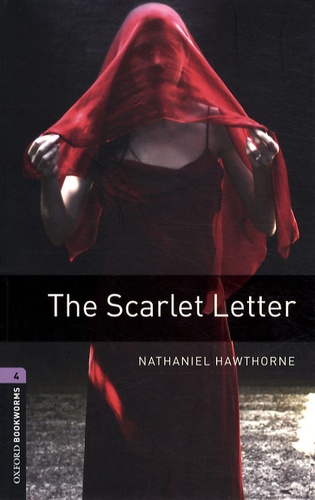
Anglais apprentissage
The Scarlet Letter
07/2009
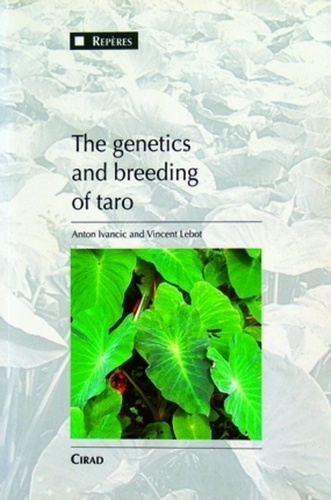
Sciences de la terre et de la
The genetics and breeding of Taro (Clolocasia esculenta(L.) Schott)
01/2000
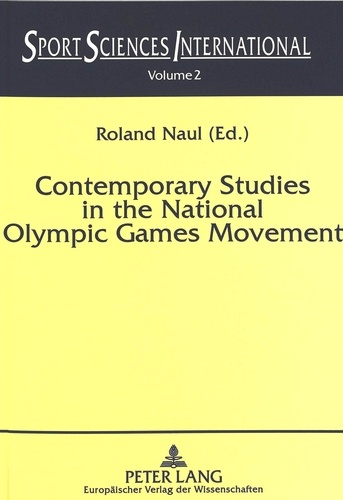
Non classé
Contemporary Studies in the National Olympic Games Movement
10/1997
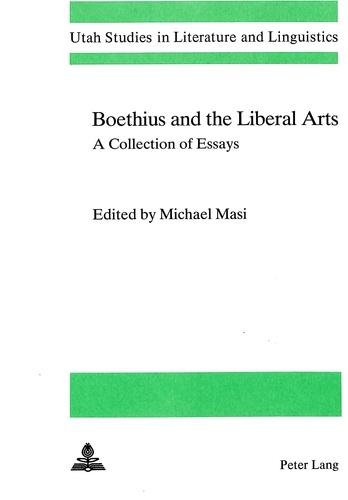
Non classé
Boethius and the Liberal Arts
12/1982
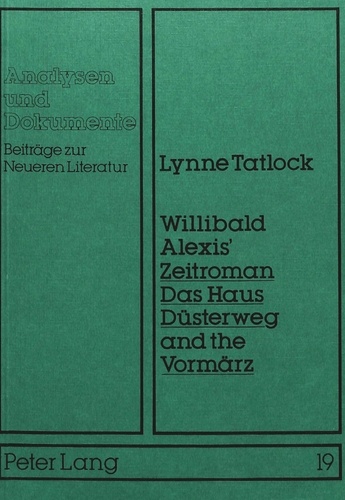
Non classé
Willibald Alexis' Zeitroman «Das Haus Düsterweg» and the «Vormärz»
12/1984

